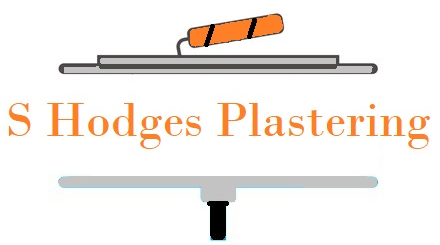Plasterboarding is an essential part of the construction and renovation process. Whether you are building a new home or remodeling an existing one, proper plasterboarding can greatly enhance the appearance and functionality of your walls and ceilings. In this article, we will explore the importance of plasterboarding and the necessary prep work involved in achieving a flawless finish.
Plasterboarding, also known as drywalling or sheetrocking, involves the installation of gypsum boards onto the framework of a building. These boards act as a surface for applying plaster or paint, providing a smooth and seamless finish. Plasterboarding offers several benefits, including improved insulation, fire resistance, and soundproofing capabilities.
Before beginning the plasterboarding process, thorough prep work is crucial. This involves assessing the condition of the walls and ceilings, ensuring they are clean, dry, and free from any existing damage. Any loose or crumbling plaster should be removed, and any holes or cracks should be filled and sanded down.
Once the prep work is complete, the next step is to measure and cut the plasterboards to fit the specific dimensions of the walls or ceilings. It is important to use the correct tools and techniques to ensure accurate measurements and clean cuts. Precise cutting is essential to achieve a professional-looking finish and minimize waste.
After cutting the plasterboards, they can be installed onto the framework using screws or nails. It is important to follow the manufacturer’s guidelines for proper installation, ensuring that the boards are securely fastened and aligned correctly. Care should be taken to avoid over-tightening the screws or nails, as this can cause the boards to break or create uneven surfaces.
Once the plasterboards are installed, the next step is to apply joint compound or plaster to fill the gaps between the boards and create a smooth surface. This is known as taping and jointing. The compound or plaster should be applied in thin layers, allowing each layer to dry before applying the next. This process may require multiple coats to achieve a seamless finish.
After taping and jointing, the plasterboards are ready for sanding. This step is crucial for achieving a smooth and even surface. Sanding should be done carefully, using fine-grit sandpaper to avoid damaging the plasterboard. The goal is to create a surface that is free from any imperfections, ready for the application of paint or wallpaper.
In conclusion, plasterboarding is a vital part of any construction or renovation project. Proper prep work, including assessing the condition of the walls and ceilings, measuring and cutting the plasterboards accurately, and applying joint compound and sanding, is essential for achieving a flawless finish. By following these steps, you can ensure that your plasterboarding project is a success, resulting in walls and ceilings that are not only aesthetically pleasing but also durable and functional.
